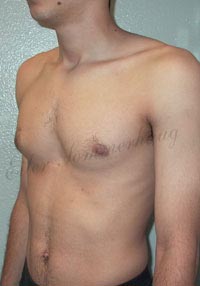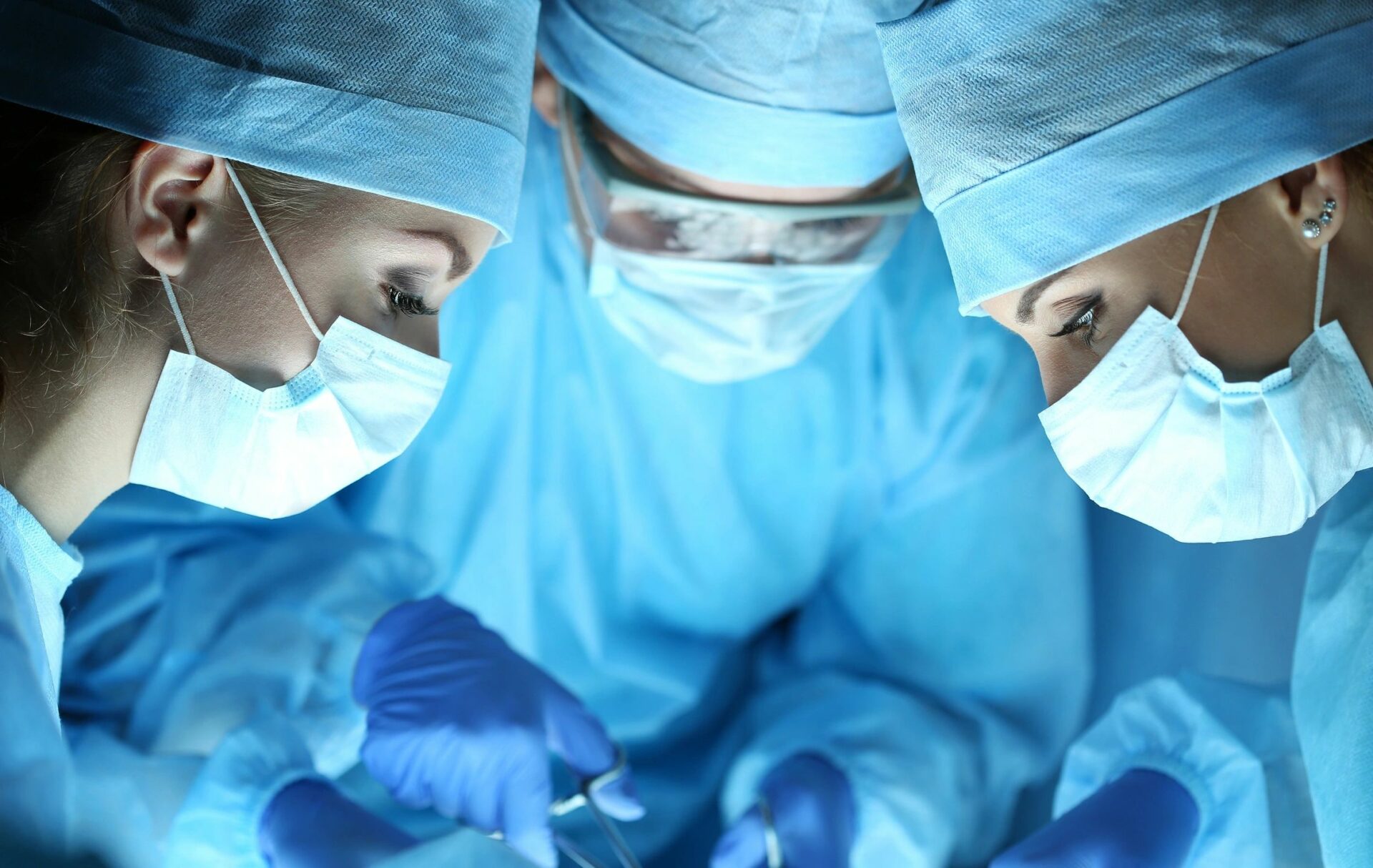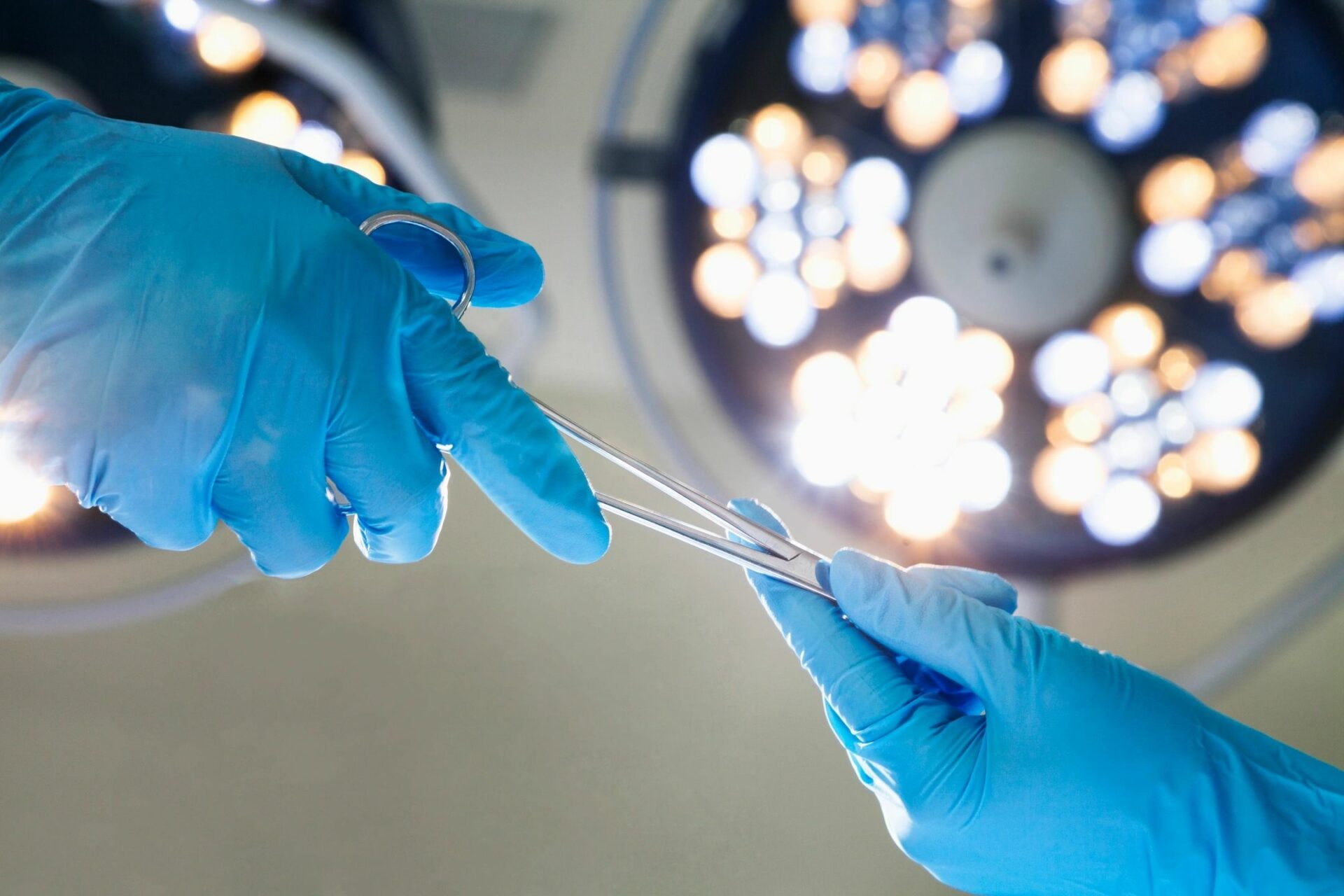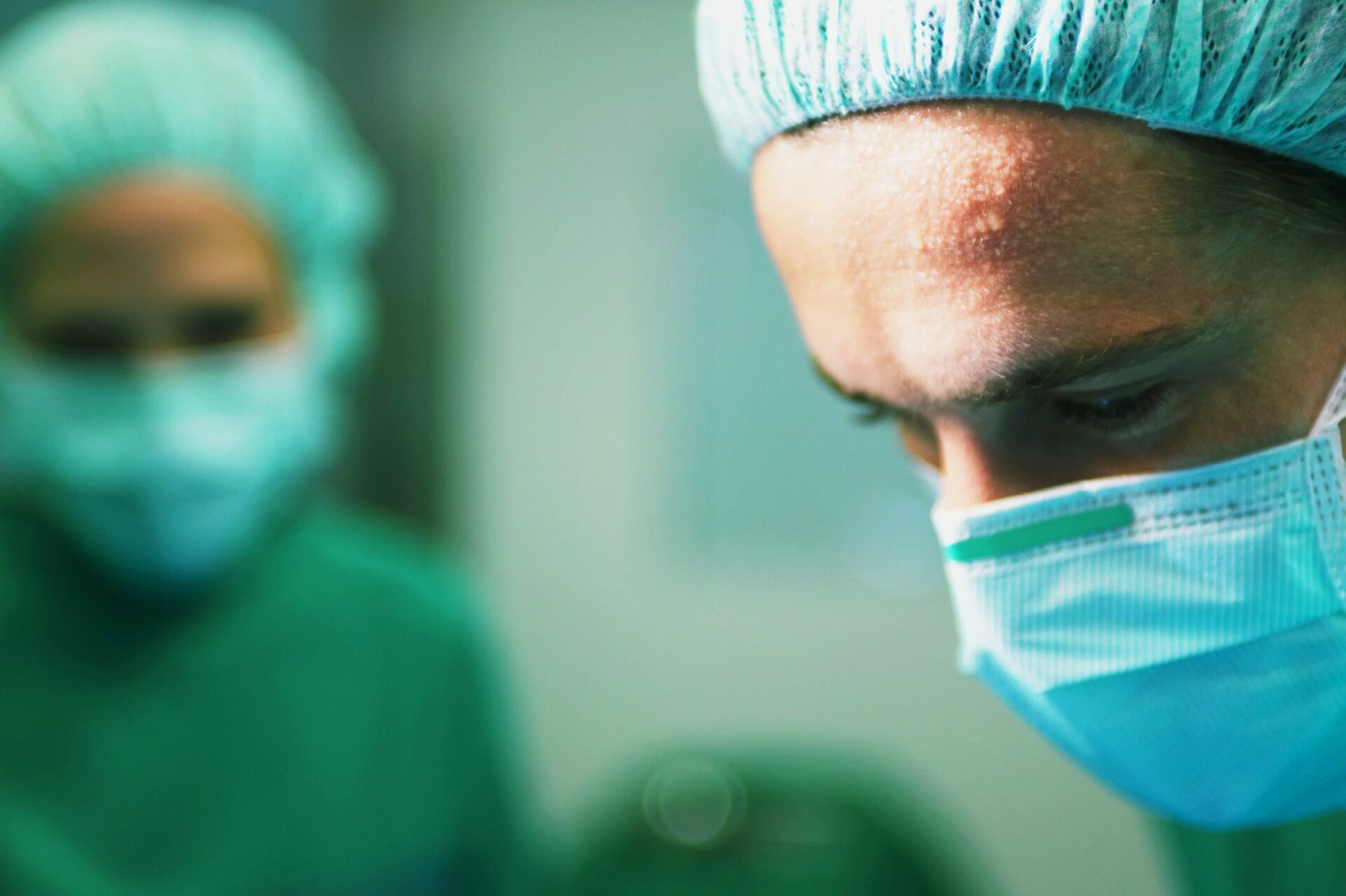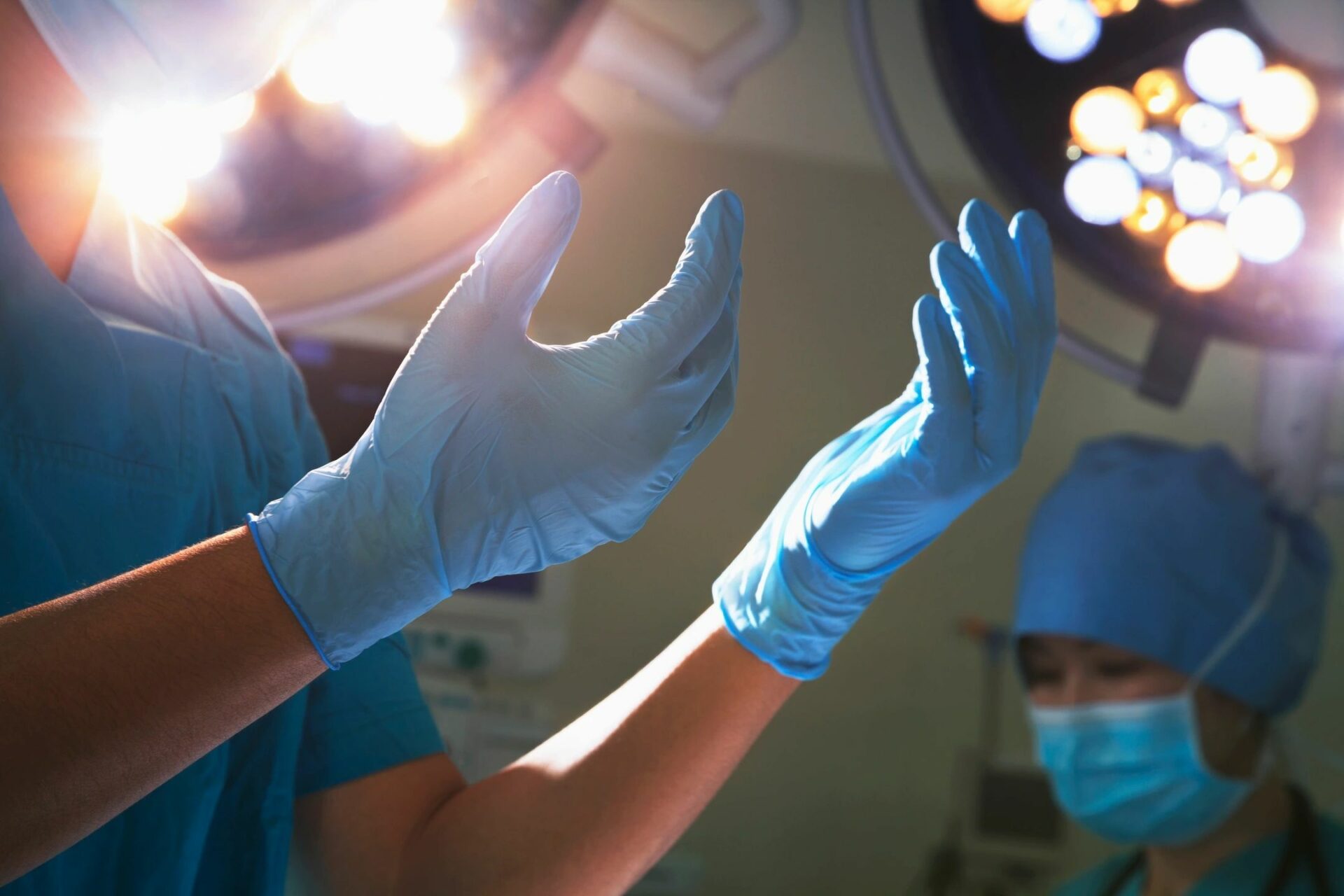Improving Men’s Appearance With Advanced Breast Surgery
Also known as gynecomastia, breast reduction for men is the surgical correction of over-developed or enlarged breasts in men.
Enlarged male breasts, also known as gynecomastia, can cause emotional discomfort and impair your self confidence. Gynecomastia is characterized by:
- Excess localized fat
- Excess glandular tissue development
- A combination of both excess fat and glandular tissue
- Gynecomastia may present unilaterally (one breast) or bilaterally (both breasts)
Gynecomastia can be surgically treated by removing excess fat, glandular tissue and/or skin. The result is a better proportioned, more masculine-contoured upper body and the freedom and self confidence to lead an active life.
Surgical removal of excess tissue is performed by excision and/or liposuction. This procedure can include areola reduction.
Initial swelling should dissipate in 2-4 weeks. Final results may appear in 2-4 months. Incision lines will continue to fade for up to 1 year. Significant weight gain can reverse results.

Enhancing your appearance with gynecomastia surgery
Gynecomastia, a condition of over-developed or enlarged breasts in men, is common in men of any age. It can be the result of hormonal changes, heredity conditions, disease or the use of certain drugs.
Gynecomastia can cause emotional discomfort and impair your self confidence. Some men may even avoid certain physical activities and intimacy simply to hide their condition.
Gynecomastia is characterized by:
- Excess localized fat
- Excess glandular tissue development
- A combination of both excess fat and glandular tissue
- Gynecomastia may be present unilaterally (one breast) or bilaterally (both breasts)
Adolescents may benefit from surgery, although secondary procedures may be needed in the future should breast development continue.
Surgical correction of gynecomastia is best performed on:
- Men whose condition cannot be corrected through alternative medical treatments
- Healthy individuals who do not have a life-threatening illness or medical conditions that can impair healing
- Non-smokers and non-drug users
- Men with a positive outlook and specific goals in mind for improving the physical symptoms of gynecomastia
Is it right for me?
Gynecomastia surgery is a highly individualized procedure and you should do it for yourself, not to fulfill someone else’s desires or to try to fit any sort of ideal image.
This procedure is a good option for you if:
- You are physically healthy and of relatively normal weight
- You have realistic expectations
- Your breast development has stabilized
- You are bothered by the feeling that your breasts are too large


